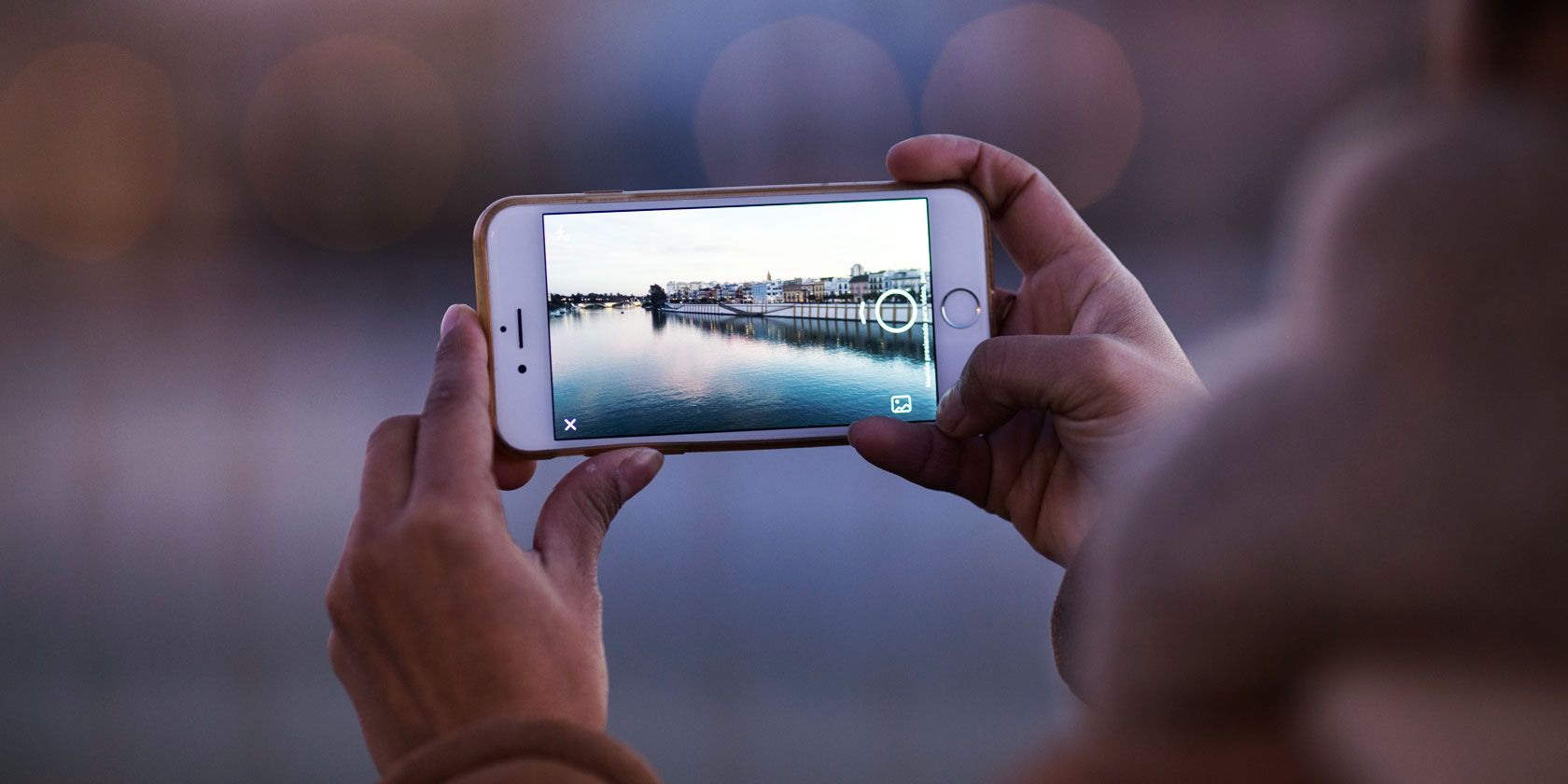These days, high-quality photography is no longer the preserve of those with expensive DSLRs and mirrorless cameras. With a combination of smart software and the latest hardware, smartphones can now give the traditional cameras a run for their money.
If you love taking pictures, here are the best smartphones with great cameras that you can buy right now.
1. Google Pixel 3
Since their initial launch, it has been widely acknowledged that Google's Pixel range of Android smartphones has some of the best cameras around. The Google Pixel 3 is no different. However, on paper, it might not seem like it. The Pixel 3 has a single 12MP, f/1.8 aperture camera.
But coupled with Google's software, that mid-range hardware turns into something spectacular. This is particularly evident when using the HDR+ mode. It gives the Pixel 3 photos an incredible dynamic range that makes them pop, while still retaining their natural colors. This mode technically takes multiple photos and then blends them to create the optimum exposure level.
The Pixel's Night Sight mode lets you take well-lit night time photos without using the flash. The difference between a regular picture and a Night Sight picture is striking. It captures and enhances details that other cameras wouldn't even pick up.
2. iPhone XS
The iPhone XS has a dual camera system; one wide-angle and one telephoto lens. Apple has also included a Smart HDR mode, similar to Google's HDR+ on the Pixel.
The smartphone maintains the iPhone's reputation as the best point-and-shoot camera. It sticks to Apple's it-just-works design philosophy, so taking a photo is as simple as tapping the shutter button.
The iPhone XS takes reasonable shots in portrait mode, though it can struggle in low-lighting conditions. But give it enough natural light, and your photos will shine.
3. OnePlus 6T
If you're a camera enthusiast with a mid-range budget, the OnePlus 6T is a good option for you. It sports a 16MP primary sensor and a 20MP secondary camera for digital zooming along with Optical Image Stabilization (OIS) and Electronic Image Stabilization (EIS). Just like with the Pixel, the 6T uses software to enhance photos taken in portrait mode.
The camera opens without delay and has similarly fast autofocus as well. The HDR mode isn't comparable to the Google Pixel, or even the iPhone XS, but it still represents colors well and has a wide dynamic range.
The OnePlus 6T's low-light performance is quite good and certainly better than the iPhone XS. Outdoor scenes are balanced. But outdoor and zoomed-in shots can be noisy. You can capture 4K video at 60 fps. The 6T also comes with a Pro camera mode. If you're familiar with manual controls, there are options for ISO, focus, and exposure.
4. iPhone XR
The wide-angle camera in the iPhone XR is similar to that found in the iPhone XS. Where the two devices differ is in their implementation of portrait mode and optical zoom. However, the iPhone XR is substantially cheaper than the XS. So, if you can get by without those features, then you could save yourself money.
The 12MP wide-angle camera supports Apple's Smart HDR mode. Plus, it simulates portrait mode shots using a single camera, in a similar way to Google's Pixel phones. However good the implementation is, though, it'll never quite reach the same standard found on the XS.
That said, the iPhone XR is a good value device that shares image quality, photo-taking experience, and 4K video recording with its more expensive sibling.
5. Huawei Mate 20 Pro
Huawei's Mate 20 Pro packs a three camera configuration on the rear; a primary 40MP wide-angle lens at f/1.8, a 20MP ultra-wide lens at f/2.2 aperture, and an 8MP telephoto lens at f/2.4. Plus, it comes with Huawei's AI image stabilization and 4K video recording at 30 fps.
The Mate 20 Pro performs well in daylight conditions, but despite its 40MP sensor, it struggles to compare to the Pixel and Google's camera software experience.
The camera is quite versatile; the images are rich in detail, and the photos are well exposed. Thanks to the high-resolution sensors, the Mate 20 Pro captures more details in high-contrast settings. If taking photos in low light is a constant struggle for you, then you'll be pleased by the camera's Night Mode.
6. Moto G6 Plus
A high-performance smartphone camera usually comes at a cost, but not with the Moto G6 Plus. This budget-friendly device features an octa-core processor, full HD screen, 4GB of RAM, and a surprisingly good camera.
The phone has a 12MP primary lens, along with a 5MP depth sensor. Photos taken outdoors are reasonable, even if the dynamic range is a bit limited. Compared to the crisp, detailed images you'll get from many of the phones above, the Moto G6 Plus does occasionally allow noise to slip into your photos.
However. the G6 Plus is substantially cheaper than the others in this list too. Given that, its performance actually exceeds expectations at this price point. The low-light photos come out well, and HDR mode helps adjust the contrast and makes the colors pop.
The Best Smartphone Camera for You
The smartphones included on this list range from flagship devices, all the way to budget phones. In many cases, the more expensive devices do indeed perform the best and will result in the best looking, highest quality images. However, many regard the Google Pixel 3 as the best smartphone camera you can buy today.
Most flagship devices now come equipped with multiple cameras. Whether you're interested in a smartphone that has two, three, or even four cameras, you may be wondering why your phone needs more than one camera. Ultimately, the best smartphone camera for you will be the one that suits your needs and budget.

